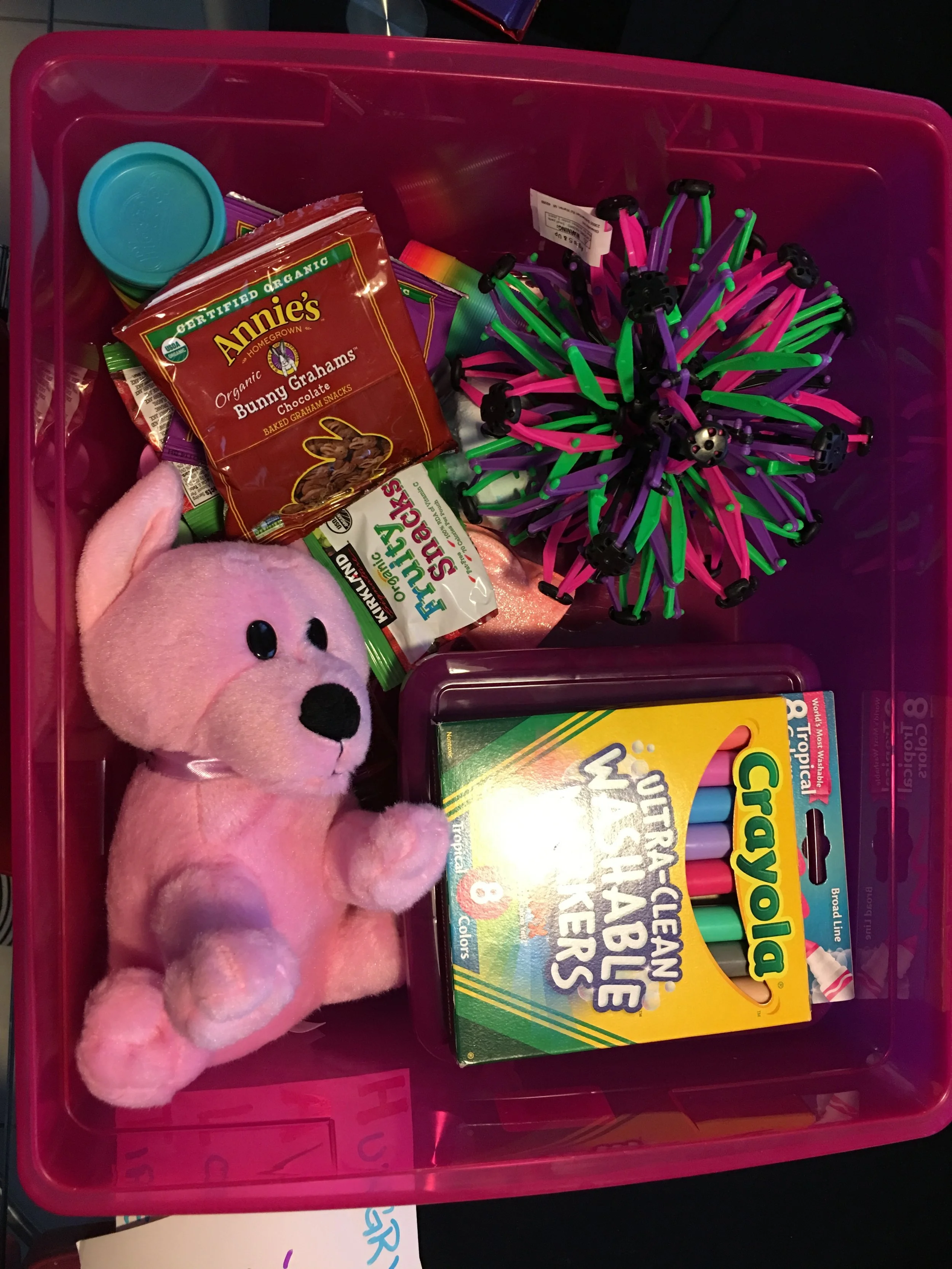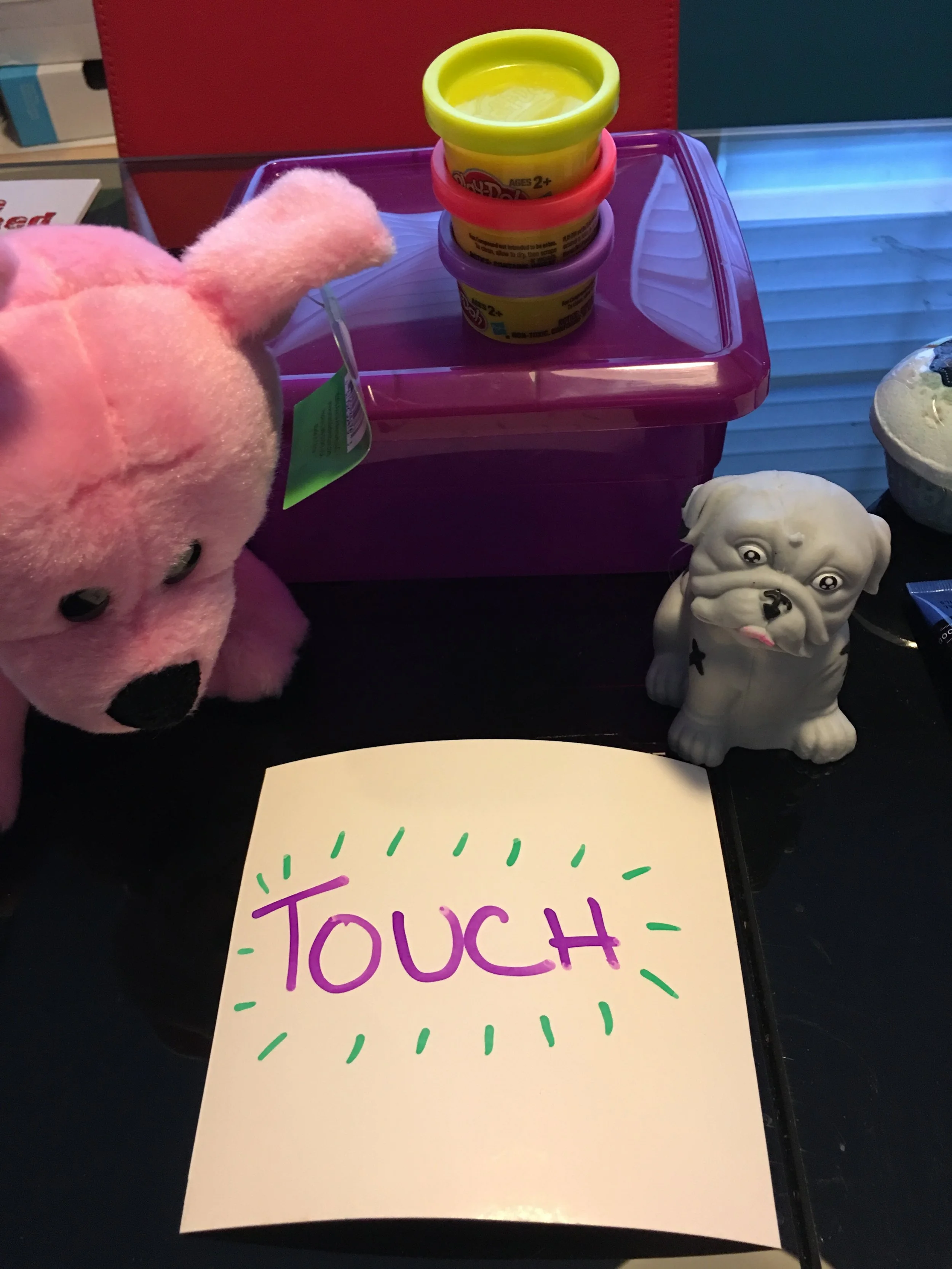Teaching Emotional Recognition & Regulation: DIY Calm Down Kit
KEEP YOUR CALM
Building a Calm Down Box to recognize and regulate your emotions
What is a Calm Down Box?: This is a personalized kit to help identify your most intense feelings and learn healthy coping strategies you can use to regulate them. A Calm Down Box uses all 5 senses so that you can explore what your body and mind connects with the most. When you experience overwhelming emotions, you can move through items in the box, using each item to locate the source of your intense feelings.
Why should I use one?: Being able to recognize and understand your own emotions is important for self-regulation and mental wellness. It also helps to build self-awareness and mental strength to handle stressful situations whenever you encounter them.
Who else can use it?: This box is great for all ages! Toddlers beginning around age 2 will connect with the variety of stimuli and activities within the box and enjoy learning about emotions. Teaching children how to use it is a powerful way that parents can model positive emotional self-awareness (and learn better practices at the same time, as many of us were not taught these skills when we were younger).
Where should I keep it?: Calm Down Boxes should be easily accessible so you can find them in a hurry. You can also keep these items grouped in an area of your home; here in Austin, schools call these “Peace Corners,” where kids can take themselves when they need a break. Keeping these goodies in a box or bag makes them simple to transport on trips around town or on vacation.
When is a good time to use it?: Calm Down Boxes are always good to have on-hand, but can be especially useful during major life changes or difficult transitions. During those moments, it can be soothing to redo your Calm Down Box, exchanging or adding an extra item or two. These also can make thoughtful gifts for a child when they are going through a family change (death, divorce, moving) or having a tough time at school.
*IT IS IMPORTANT TO INTRODUCE AND PRACTICE USING THE CALM DOWN BOX WHEN CALM. Ask your child to notice any changes in their body after using an item. You can also use imaginative play to “pretend” an emotion and use the box to help process it. Remember, all feelings are ok. Your goal is to help the behavior associated with the emotion to be a helpful and not harmful one.
Below are my personal recommendations in each sensory area.
TOUCH: Touch is calming for a lot of people. Here are some of my favorites with Amazon links for purchase:
Magnetic Sand is fascinating to use and therefore a great way to self- regulate. You can keep it in a plastic container with a lid to minimize the mess.
These fidget toys work well both for for touch and visual senses.
Play-doh is another visual and touch sensory experience. Did you know that you can also make your own?
Squishies, stress balls, and soft stuffed animals are great as well.
SMELL:
Bath and Body Works has a lot of trial-size lotions in various scents. Put two or three in your box. (Tip: They tend to have great sales on Black Friday.) Adults can use scented oils and candles to provide a scent.
TASTE:
Tic-Tacs, suckers, or salty snacks can be helpful to have in your box.
SIGHT:
Moody Cow Meditates and the Sparkle Wand (these two items go together). You can also make your own glitter jar DIY, which is fun for everyone.
Mandala Coloring Books can be amazing in calming down one’s body and mind. It can be a great activity to do before bed if you or your little one has an active mind.
Bubbles! Bubbles are great ways to calm down with breath, sight, and touch. A fun activity can be assigning an emotion to each bubble and then pop it away!
Journaling - Writing about how you feel can be eye-opening. Here’s a list of prompts here and here to reduce anxiety. Adults/older kids can also utilize gratitude journals or stationary to write appreciation notes to those they care about. After you have figured out what is going on and why, remembering something that you are grateful for and expressing it can help change a mood.
Emotion Cards and Books: These nurture emotional intelligence and help children understand what they’re feeling. You can also help them by making observations, like, “ It looks like you’re feeling disappointed that you have to stop playing.” Here’s a short, helpful video about helping your children understand their emotions in the moment. My 2 year-old loves these feelings and dealings cards. We also have a large poster of feeling faces he can go to show me how he is feeling.
SOUND:
Create a playlist or use a pre-made one on Spotify.
Use noise-cancelling headphones, because sometimes it’s silence that we’re needing.
Bring your attention to the noises around you. If possible, go outside and listen.
Beyond the Calm Down Box
Another helpful diagnostic when you are having BIG emotions is “HALT”. Many times, our emotions feel exacerbated because we’re also feeling one or more of the following:
H: Hungry (or feeling Hot)
A: Angry
L: Lonely
T: Tired
The Calm Down Box is just one method for confronting big emotions and finding healthy ways to cope with them. I highly recommend the movie Inside Out to help change a perspective that ‘negative’ emotions are ones we want to ‘get rid of.’ Also this wonderful train tunnel metaphor helps us understand why we shouldn’t shortcut through emotionally challenging territory - and that doing so actually diminishes our resiliency.
We have hard emotions for a reason: they give us information, help us form strong, intimate relationships, and build resiliency. Shifting your mental frame about this and keeping a toolbox handy for those inevitable tough days is a powerful action you can take for your own wellbeing.




